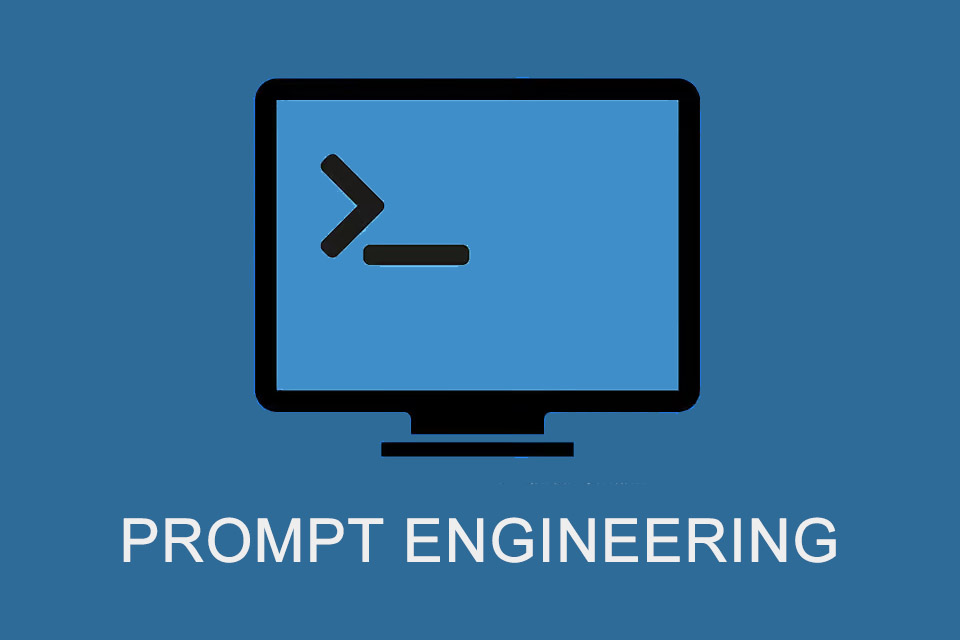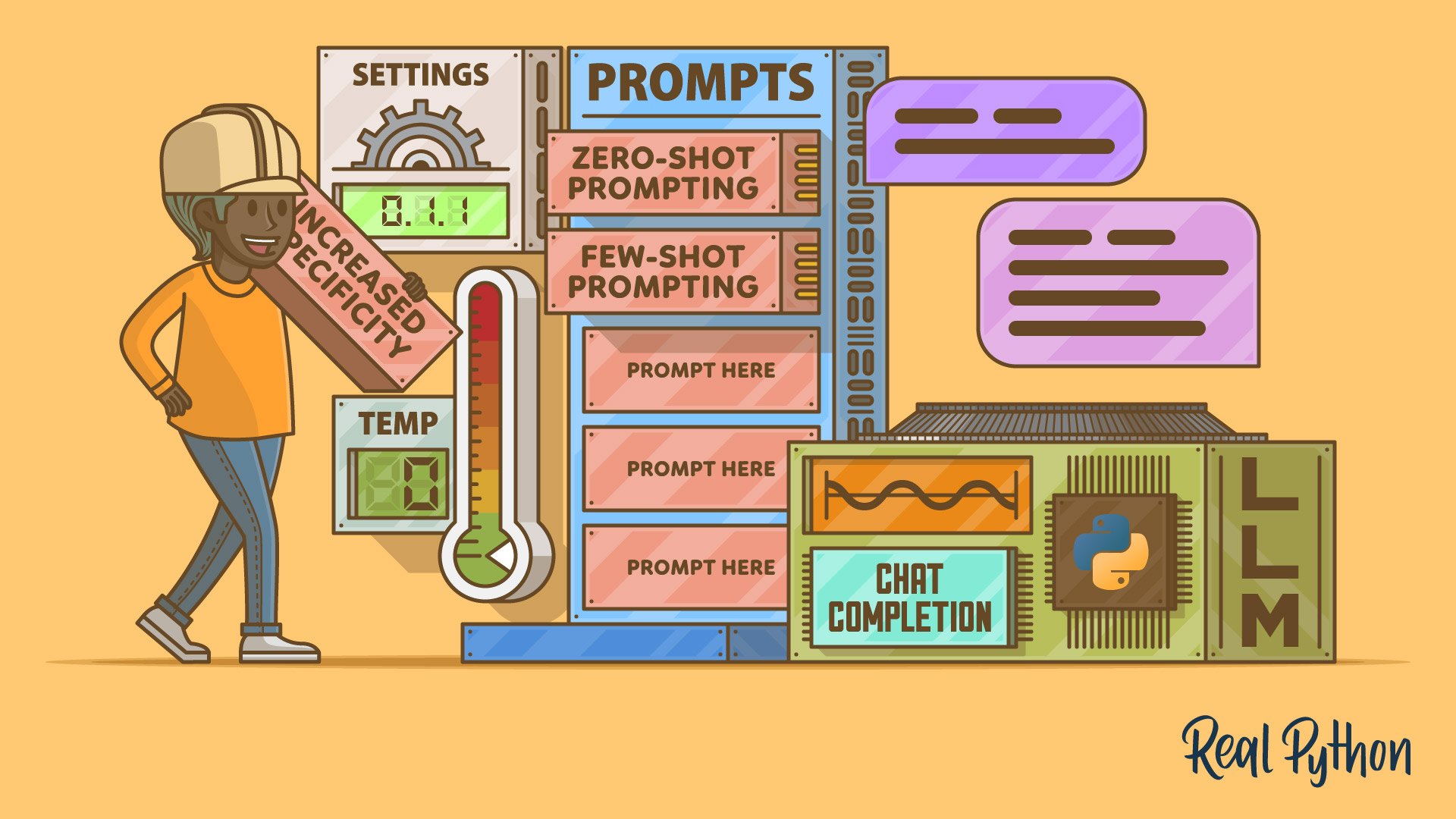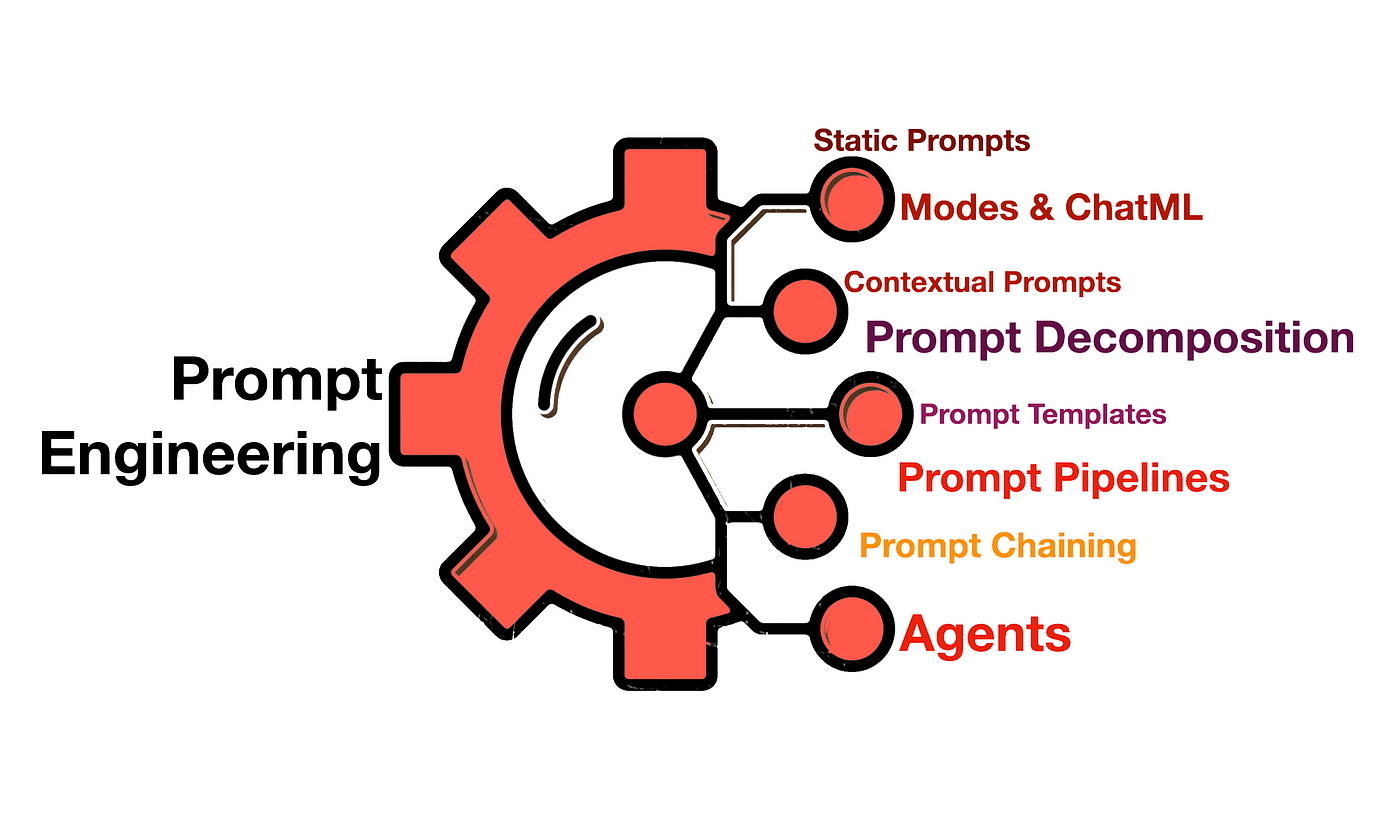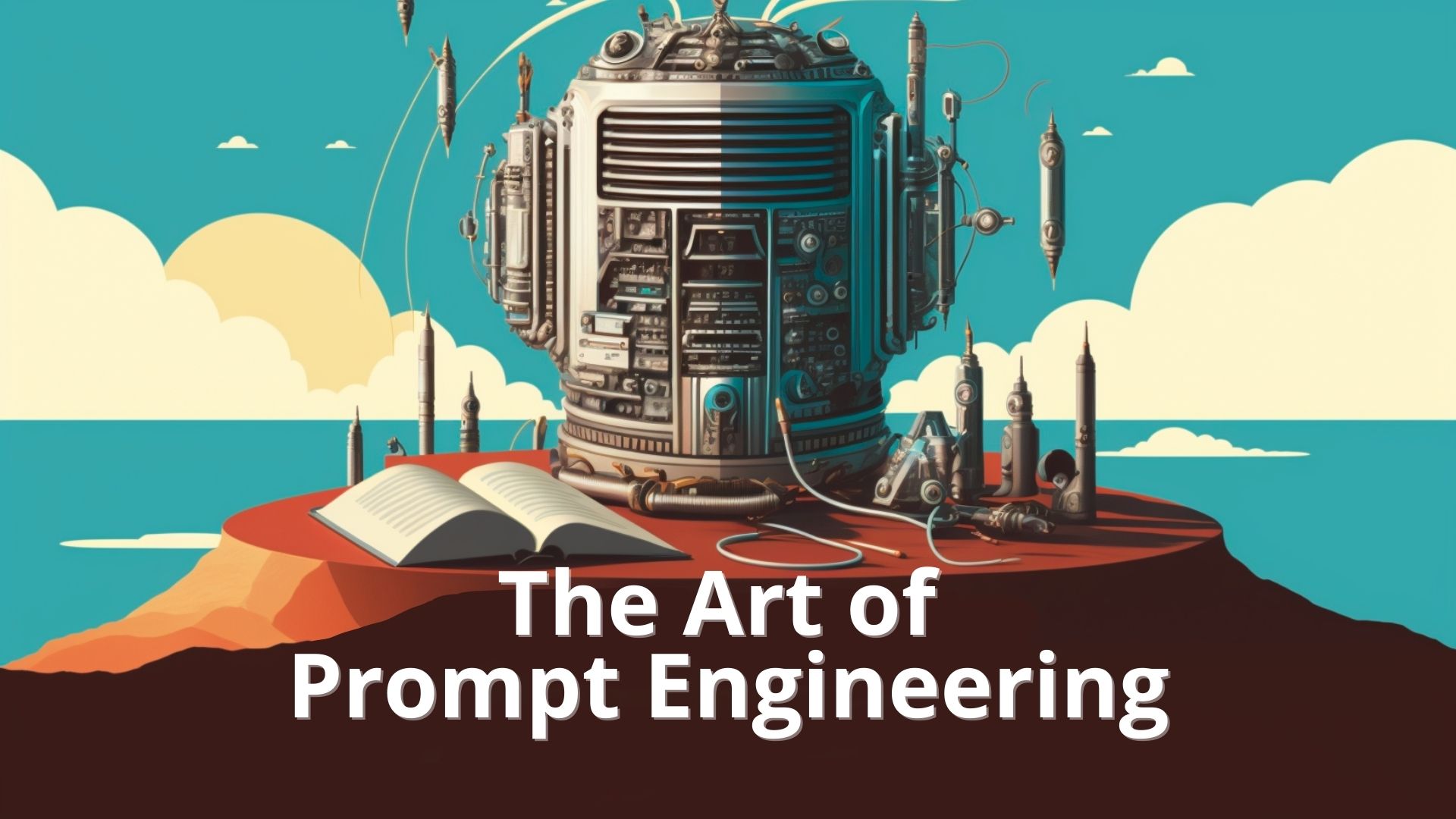Prompt Engineering
 Sai Aneesh
Sai Aneesh
The advent of large language models (LLMs) has ushered in a new era of human-computer interaction. These models, capable of generating human-quality text, have revolutionized how we interact with technology. At the heart of this interaction lies a critical skill: prompt engineering.
What is Prompt Engineering?
Prompt engineering is the art and science of crafting effective prompts to guide AI models in generating desired outputs. It involves understanding the model's capabilities, limitations, and biases to create prompts that elicit accurate, relevant, and helpful responses.

The Importance of Prompt Engineering
As AI models become increasingly sophisticated, the quality of prompts becomes paramount. Effective prompt engineering can:
Enhance Model Performance: Well-crafted prompts can significantly improve the quality and relevance of generated text.
Unleash Creativity: By providing specific guidelines or examples, prompt engineers can inspire AI models to generate innovative and creative content.
Mitigate Bias: Careful prompt design can help reduce biases that may be present in the model's training data.
Optimize Costs: Effective prompts can reduce the number of iterations required to achieve desired results, saving computational resources.

Types of Prompts
To effectively communicate with AI models, understanding different prompt types is essential:
Zero-Shot Prompts: These involve providing a single, standalone prompt without any additional context or examples. For instance, "Write a poem about a robot falling in love."
Few-Shot Prompts: In this approach, a few examples are provided to guide the model's response. For example, "Translate English to French: Hello -> Bonjour, World -> Monde, How are you? -> Comment allez-vous?"
Chain-of-Thought Prompts: This technique involves breaking down complex problems into smaller steps, guiding the model through a logical reasoning process. For example, "What is the capital of France? Paris is the capital of France. What is the largest city in France? Paris is the largest city in France."
Challenges and Best Practices
Prompt engineering is still a developing field with its own set of challenges:
Ambiguity: Models can interpret prompts differently, leading to unexpected outputs.
Bias: Prompts can inadvertently introduce or amplify biases present in the model's training data.
Evaluation: Measuring the effectiveness of prompts is challenging due to the subjective nature of language.

To overcome these challenges, follow these best practices:
Be Specific: Clearly define the desired output.
Provide Context: Give relevant background information to guide the model.
Iterate and Refine: Experiment with different prompts to find the optimal approach.
Consider Model Limitations: Be aware of the model's capabilities and avoid overly complex prompts.

The Future of Prompt Engineering
As AI models continue to evolve, the role of prompt engineering will become increasingly critical. We can expect to see advancements in:
Automated Prompt Generation: Tools that can create optimal prompts based on desired outputs.
Multimodal Prompts: Prompts that incorporate text, images, and other data formats for richer interactions.
Ethical Considerations: Development of guidelines and best practices for responsible prompt engineering.
Prompt engineering is a rapidly evolving field with immense potential. By mastering this skill, you can unlock the full power of AI models and create innovative applications that shape the future.
Thank you for reading till here. If you want learn more then ping me personally and make sure you are following me everywhere for the latest updates.
Yours Sincerely,
Sai Aneesh
Subscribe to my newsletter
Read articles from Sai Aneesh directly inside your inbox. Subscribe to the newsletter, and don't miss out.
Written by
